Affiliate links on Android Authority may earn us a commission. Learn more.
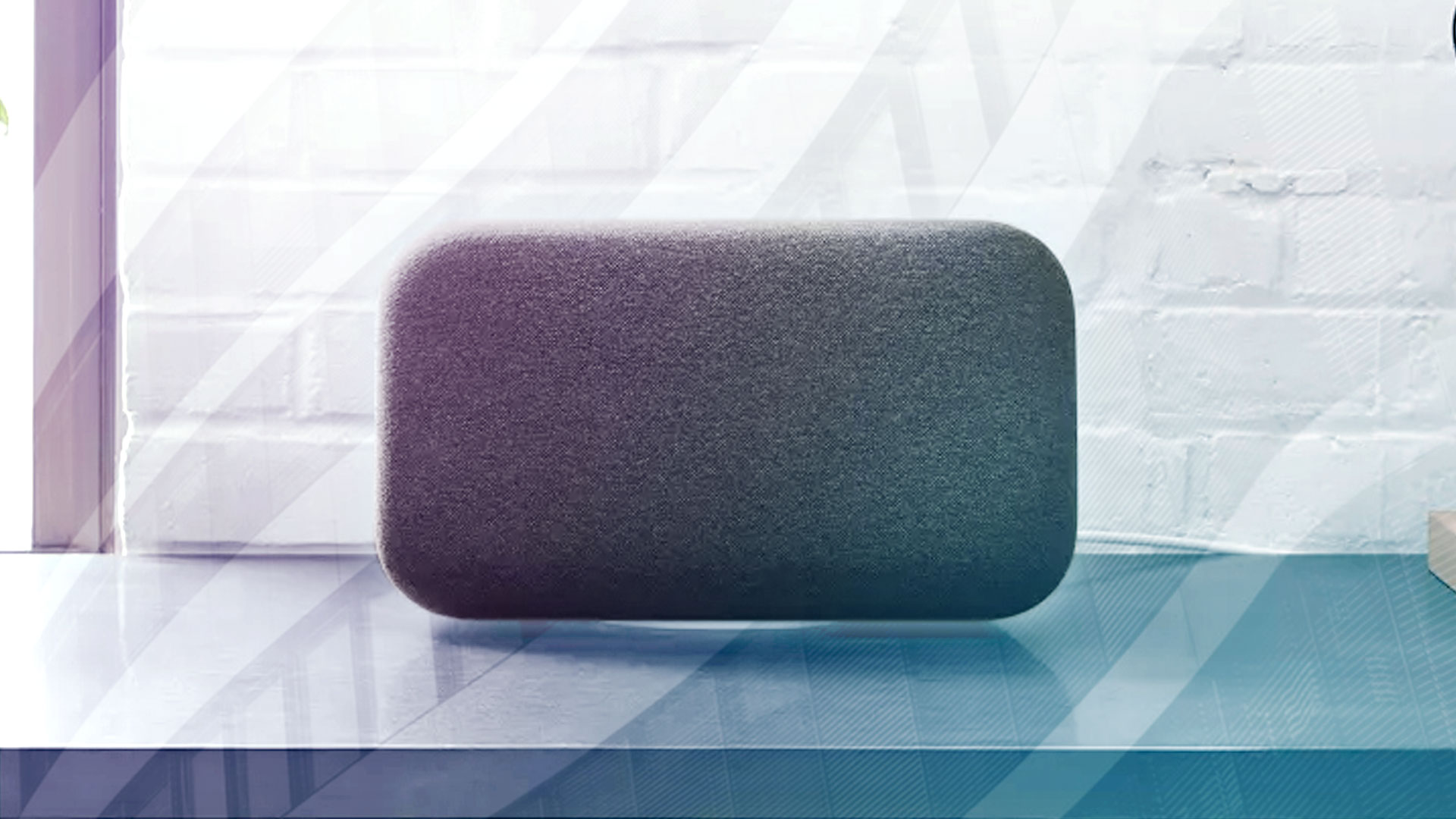
Google Home Max review: Smart Sound makes the world go ’round
Published onFebruary 24, 2018
Google Home Max
What we like
What we don't like
Google Home Max
The personal assistant you have in your phone isn’t going to live there forever. Companies like Amazon, Apple, and Google are increasingly looking to place that assistant strategically throughout your life so you’ll always have access to it.
That all starts with the home.
It didn’t take long after the launch of the Amazon Echo for Google to release its Google Home smart speaker. Then in September, Google announced two new Home devices — the affordable Home Mini and high-end Home Max. The Google Home Max is the most interesting of the two devices though, as it brings high-quality sound at a price that’s comparable to that of Apple’s HomePod.
Is it worth the $399 price tag? Let’s find out.
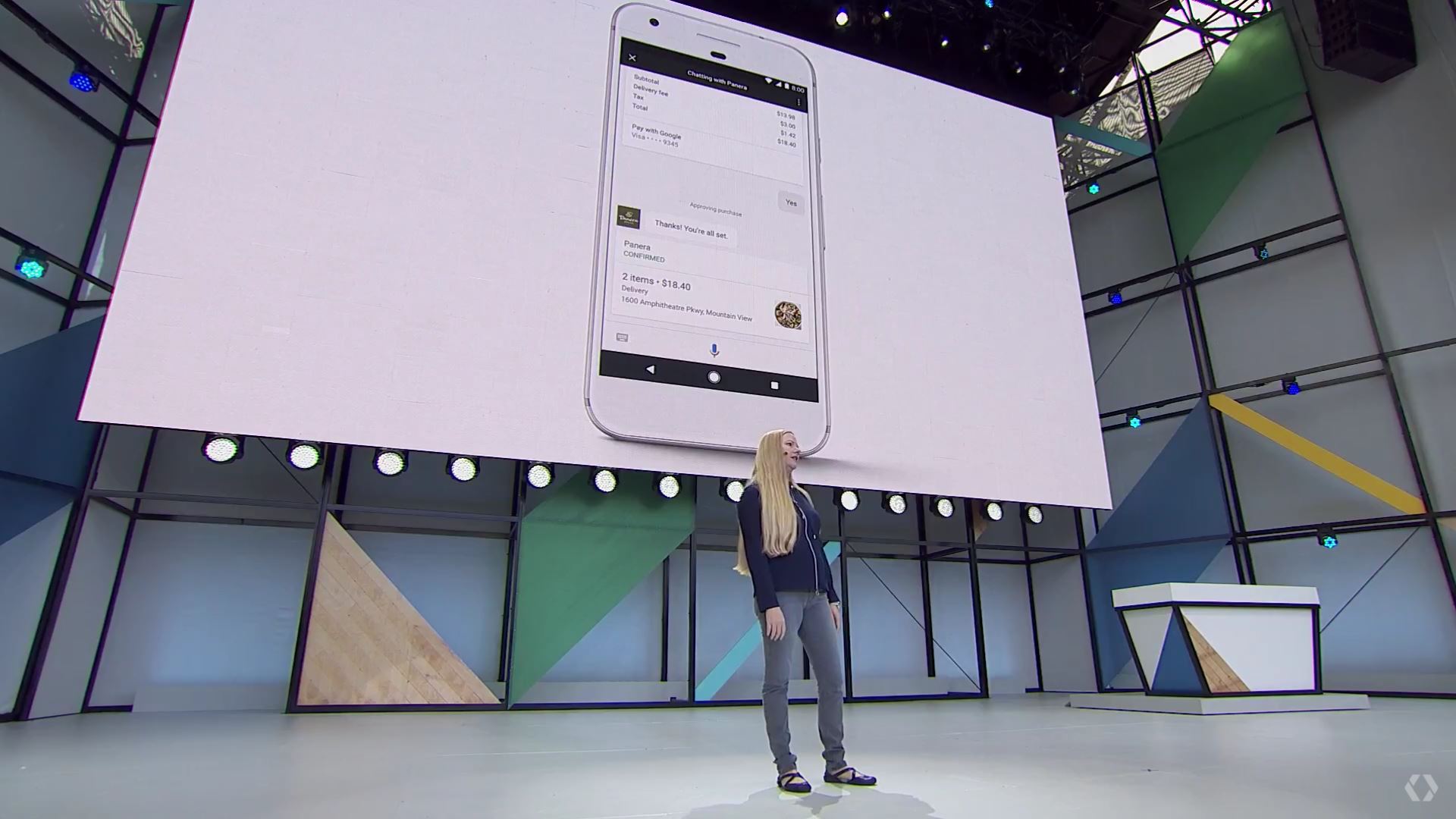
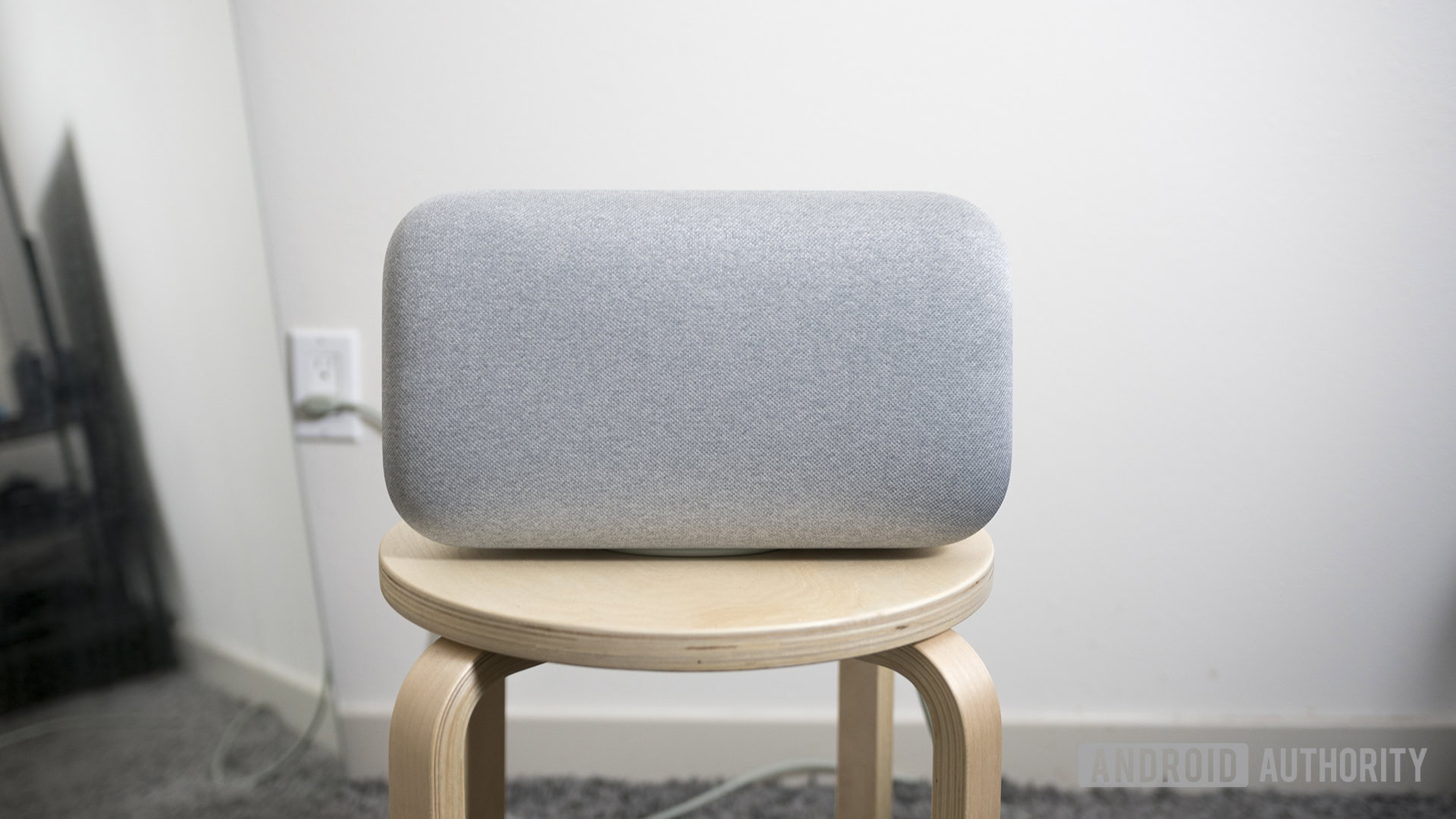
The setup process is easy. Once you plug it in, you’ll be prompted to download the Google Home app to complete the setup. From there, you can name the speaker to designate it to a certain area of the house. We’ll dig into the Google Home app later. For now, let’s address the hardware.
This is a big speaker, measuring 13.2 x 7.4 x 6.0 inches. It obviously isn’t something you’re going to want to move very often. At 11.7 pounds, it isn’t that big of a deal if you need to move it into another room, but bringing it to a friends house might be a bit of an issue.
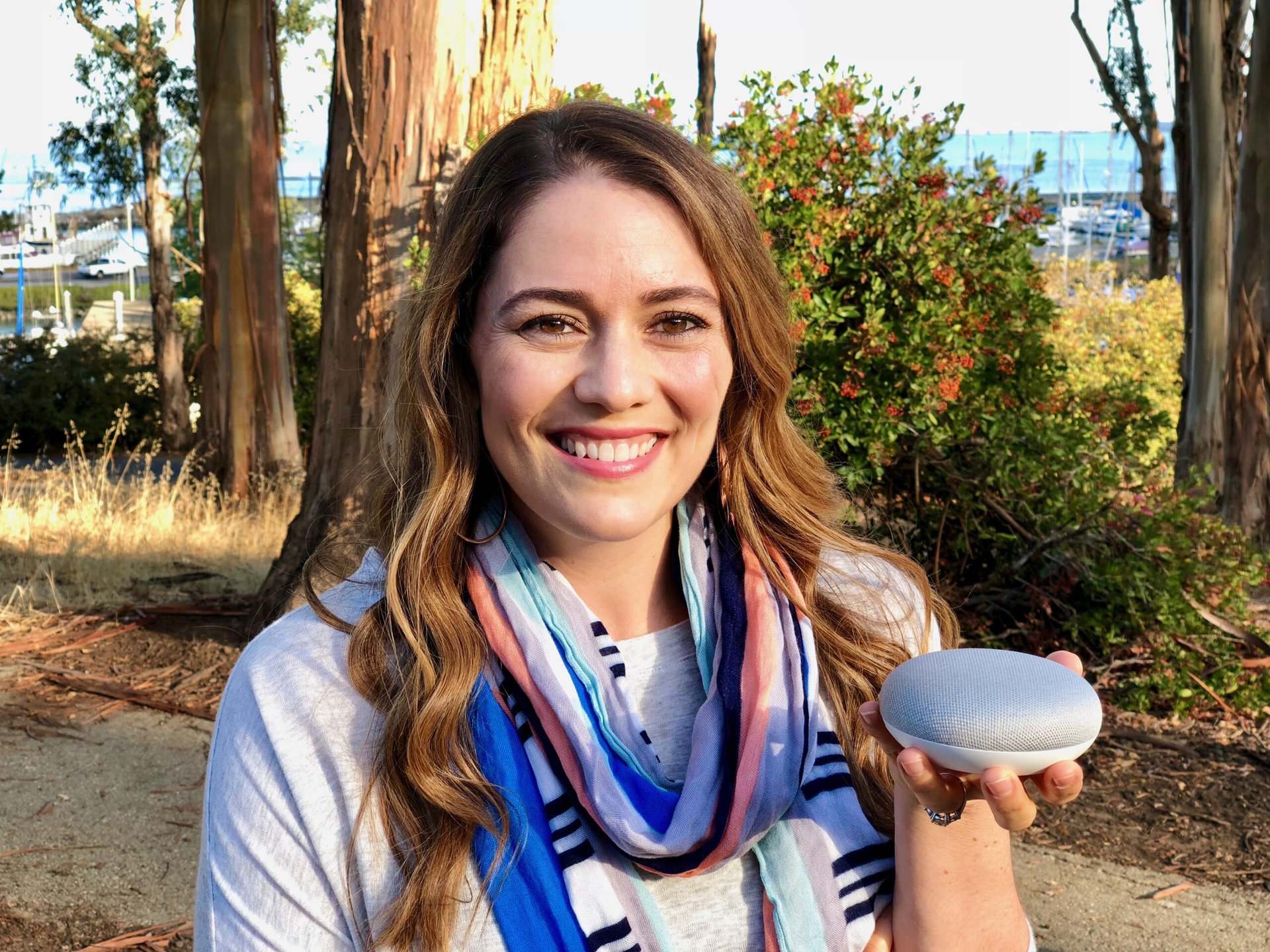
The housing is made of the same plastic that you’ll find on the original Google Home and the smaller Home Mini, so it’s smooth to the touch and isn’t prone to fingerprints. However, the fabric on the front of the Google Home Max is unique — it’s what Google calls “acoustically transparent,” so it supposedly won’t hinder the way your music sounds. It also feels great, almost like a nice felt fabric compared to the slightly plastic-feeling bottom of the original Google Home. Behind the fabric is where you’ll find dual 4.5-inch woofers for pushing air along with two tweeters.
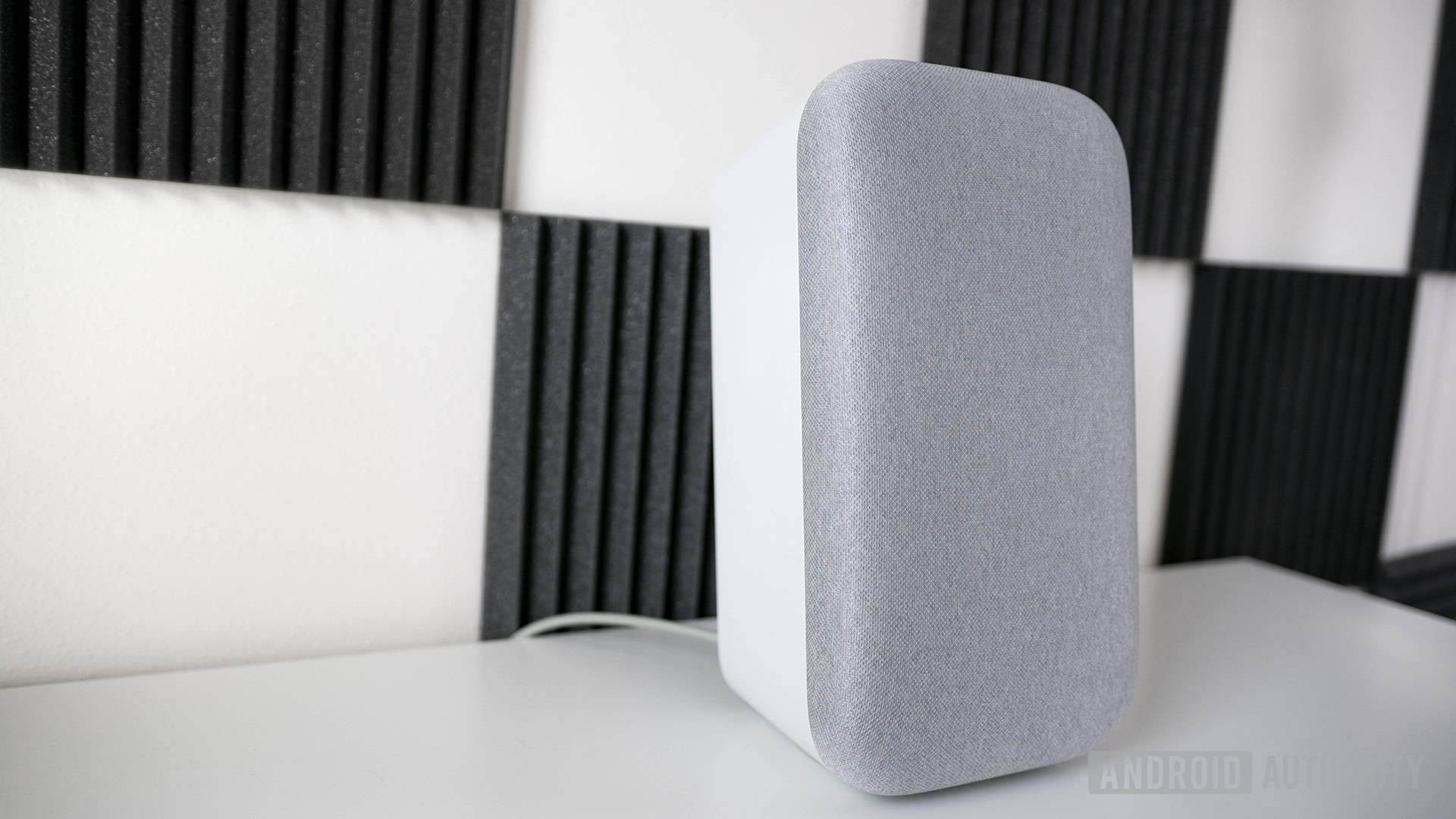
The parallelogram(ish) shape of the speaker means it can be vertically or horizontally oriented. You’ll need to make sure to throw on the little rubber base pad included in the box to avoid scratching the bottom. This base pad also helps absorb some of the rumble from the woofers so you won’t accidentally rumble your phone off the table.
Related: Best Bluetooth Speakers
Although you can physically rest the speaker on any of its four sides, there are only two correct orientations because of the touch sensitive controls. If you place the speaker vertically with the touch sensitive controls along the left side, or horizontally with the touch-sensitive controls on the bottom, you’ll get a warning message telling you that the speaker is upside down.
The overall design being very modern and minimal so that it fits in any part of the house.
Along the back of the speaker sits the mute switch, a power input, USB Type-C input, and a 3.5 mm input. It’s clear Google paid attention to the speaker’s aesthetics, with the overall design being very modern and minimal so that it fits in any part of the house. Whether I have the speaker in my living room or the kitchen, it perfectly blends into its surroundings. I’m reviewing the white model, but you can get an even more discreet look by opting for the all-black color.

Up top is a touch-sensitive section for controlling music playback, and it’s perfectly responsive whether I tap to pause/play music or swipe left/right to adjust volume. Unfortunately, there’s no skipping between songs or returning to a previous song unless you ask the Google Assistant.
The Google Home Max has Bluetooth 4.2 and Chromecast built-in so you can stream your music to it easily, but the main way to interact with the speaker is with your voice. Using the hotword “Okay Google” or “Hey Google” lets you take advantage of the Google Assistant to control your music, but you can also ask it questions or control compatible smart home devices if you have any. Digging further into the Google Home setup you can customize your preferences, such as your preferred music streaming service, or even what kind of news stories you want to hear at the beginning of the day.
One thing unique to the Max is the ability to connect two of them together for stereo sound.
These are all features offered in every Google Home, but one thing unique to the Max is the ability to connect two of them together for stereo sound. If you’re able to buy two, this is definitely the way to go. If you’re looking for a multi-room audio solution, you can of course create groups that sync up a number of Google Home speakers together to play simultaneously.

Google Assistant is great at some things, but not so great at others.
Google Assistant is great at some things, but not so great at others. I’m not sure if it’s something in the way that I have my speakers set up, but when I tell the Home Max to put a song on repeat it lies to me. I get the confirmation message that the song will repeat, but when it’s over it moves right on to the next song. As the center of the smart home, you can tell it to stream Netflix or YouTube to a Chromecast or turn your light on or off (if you have compatible smart lights), but it’s a tad slow. Also when I wake up and ask Google about my day, it’ll tell me the weather and jump right into the podcasts that I picked out in the app no problem. But when I ask it when my next flight is, it can’t find one even though the event is clearly in my calendar app.
It might be the smartest smart speaker, but that’s a pretty low bar to clear right now. Luckily, the Assistant (and therefore the usefulness of it in a speaker) is getting better every day as Google adds functionality to it.
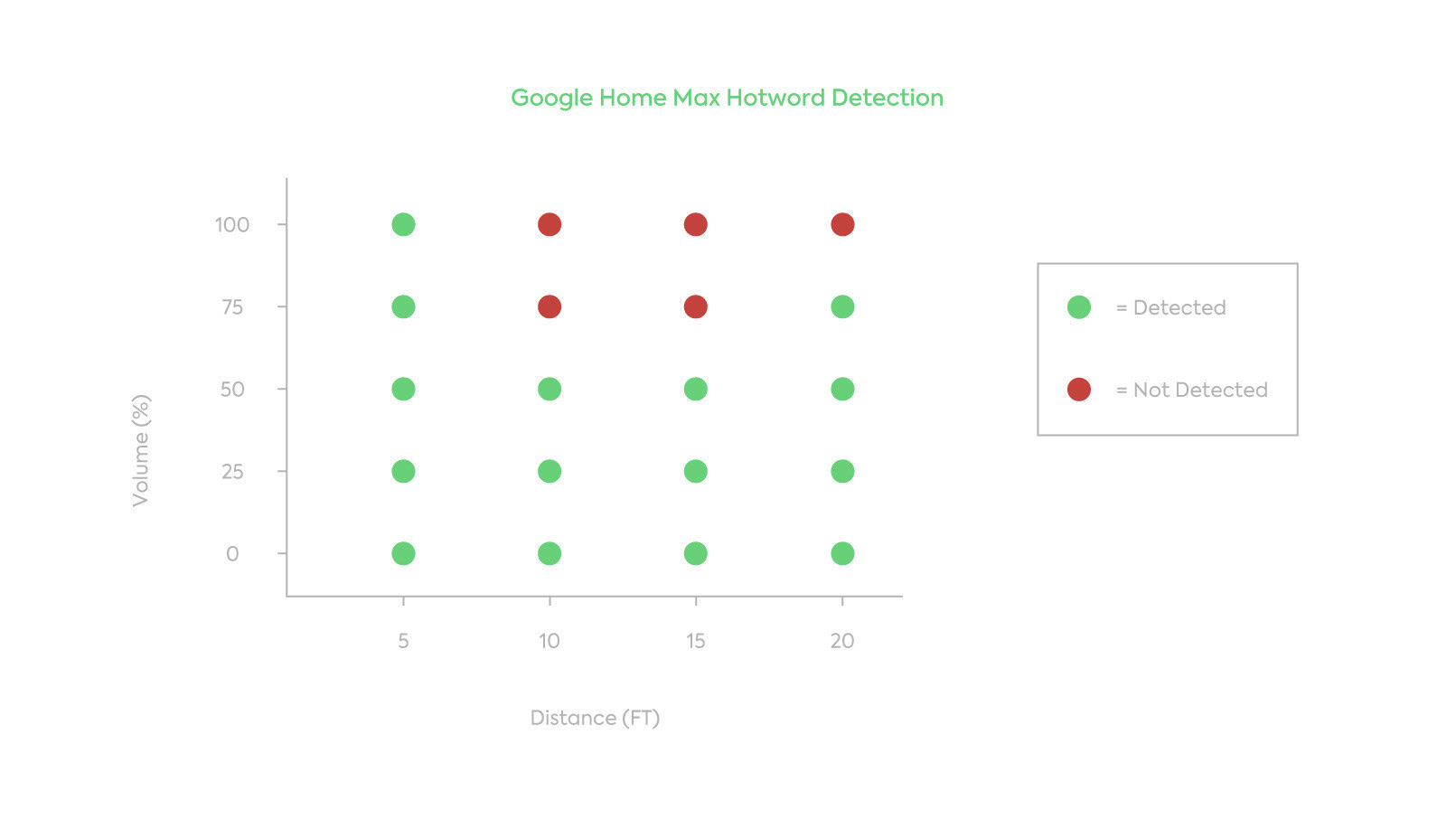
The biggest issue I have with the Google Home speakers is that after playing music and pushing the volume to a certain point, the microphones aren’t able to pick up my voice at all. I wanted to find out exactly how much of an issue this was, so I tested it in a semi-unconventional way. I put a post-it note on the floor every five feet. I then recorded myself saying “Hey Google” and played that from a speaker at five foot intervals: 5 feet, 10 feet, 15 feet, and 20 feet away, all while the speaker was playing the song “Havana” by Camila Cabello (my guilty pleasure) at four different volumes: 25%, 50%, 75%, and 100%. If the speaker registered my voice, it passed and got a check. If it didn’t, it got an X. You can see by the graphic that the Google Home Max definitely needs to do a better job at picking up voices so you’re not stuck yelling at the top of your lungs like I was.
After pushing the volume to a certain point, the microphones aren't able to pick up my voice at all.
On the bright side, the Home Max’s sound quality is great compared to other smart- and non-smart speakers. Because of its large size the speaker is able to push some air to add some bump to the bass, and though it isn’t what I would call “bass-heavy”, it’s definitely noticeable. In the song “Moon River” by Frank Ocean the low E string is a little too strong for my taste, but it gives the song some grittiness and never gets in the way of his vocals in the midrange, which is what counts.
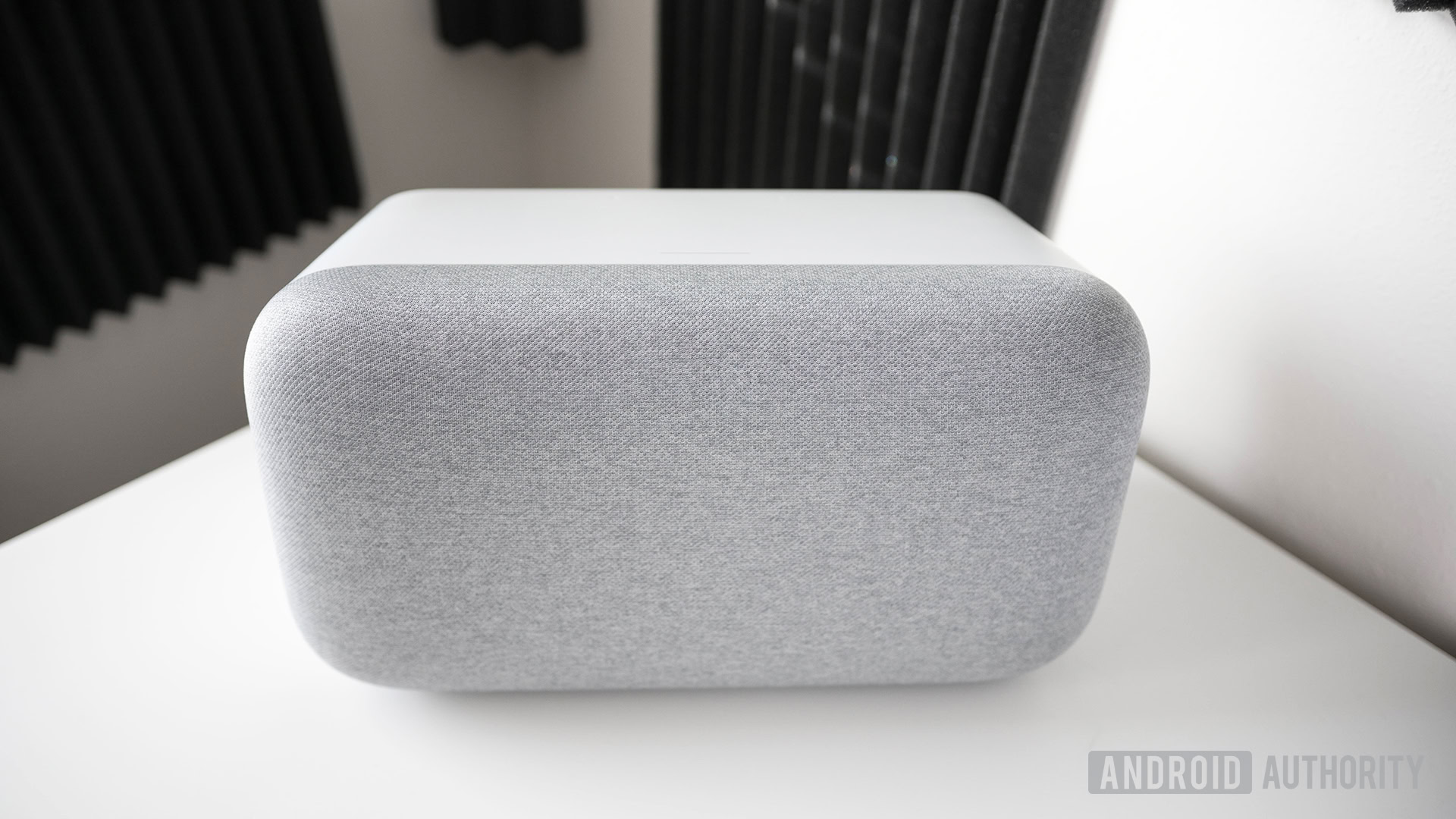
The rubber base pad also keeps the rumbling of the speaker from disturbing anything around it, and the Google Home Max also uses six internal microphones to detect in real time how much of its sound waves are being reflected off nearby surfaces, and it corrects for that. You won’t need to go into any EQ settings because the Google algorithm does it for you. Now, whether that lack of control is a good or a bad thing is up to you (since you can’t tweak it unless you go deep into the Google Home app), but I find it to at least be consistent. Wherever I put the speaker the lows aren’t affected.

The slight emphasis in the lower frequencies will probably be a positive for most people because of its subtlety. It doesn’t overpower the mids at all and when paired with how loud this thing can get, so it’s perfect for powering your parties. That said, it sounded good even at low volumes and I ended up using it to play music in the background throughout the day as well.
Vocals in the song “Generator ^ Second Floor” by Freelance whales were till plainly audible even with all of the other instruments joining in the during the chorus at around the 2:17 mark which includes plenty of thumping drums and bells ringing throughout.
![Google Home Max[a]-6](https://www.androidauthority.com/wp-content/uploads/2018/02/Google-Home-Maxa-6.jpg)
Speaking of the bells, one of my only issues regarding sound quality has to do with the high frequencies. It sounds like Google played it safe here and didn’t give them the same kind of emphasis as it did with the lows, which is understandable. When was the last time you heard someone say “Drop the bells”? There isn’t much noticeable distortion at max volume, but there also isn’t a ton of reverb to hi-hats and cymbals which can really help with the soundstage of your music.
There are plenty of Bluetooth speakers you can choose from if you want something portable — many of them are good enough for home use as well. But the Google Home Max is different. I own the original Google Home and two Google Home Minis (thank you Black Friday deals), but besides setting timers while cooking, asking it basic math when I’m lazy, or setting alarms, Home speakers are not particularly useful. I definitely don’t use them to listen to music since the quality isn’t great.
Whether it's just for background music while I work or listening to podcasts, the Home Max has woven itself into my life in a way no other Home products have.
Still, I find myself constantly using the Google Home Max. Whether it’s just for background music while I work, streaming the latest apps video to my TV, or listening to podcasts, the Home Max has woven itself into my life in a way no other Home products have. Even though it sucks at hearing my voice, I have no problem saying that anyone who wants a smart speaker will love the Google Home Max. At $399 you’re getting a speaker that not only sounds good, but also gives you everything god that the Google Assistant has to offer. Just try not to yell at it too loudly.